Immersive artwork in healthcare spaces study
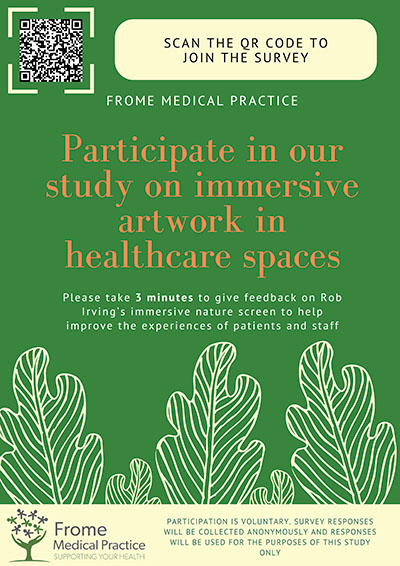
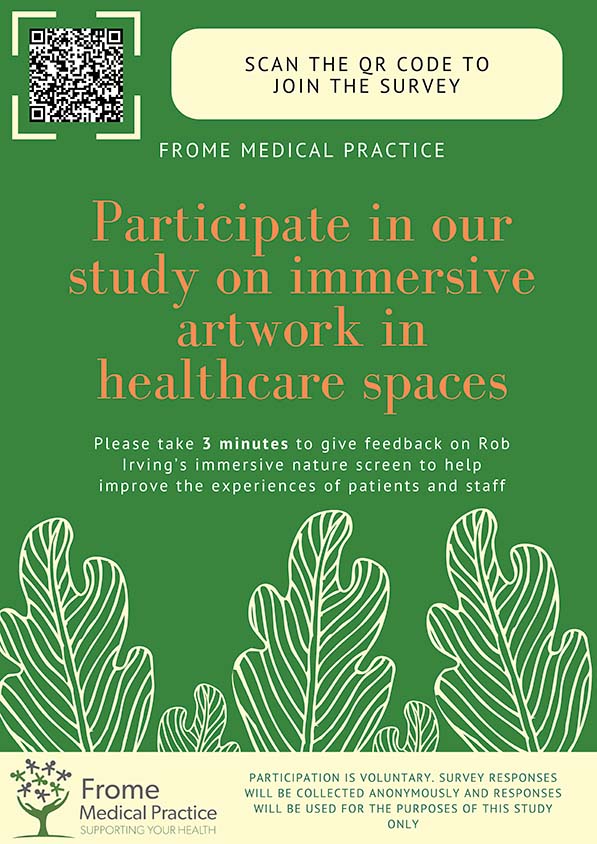
A staff and conference* attendee survey, the first stage in a wider evaluation and research study into the effects of immersive artwork in healthcare spaces, conducted throughout July 2024. The first of its kind in a working practice, this qualitative and quantitative study was initiated by the video and sound work of Space Place Practice artist Rob Irving.
*Green Impact for Health Conference: Moving towards a well-being economy. Wednesday 3 July 2024.
place: identity
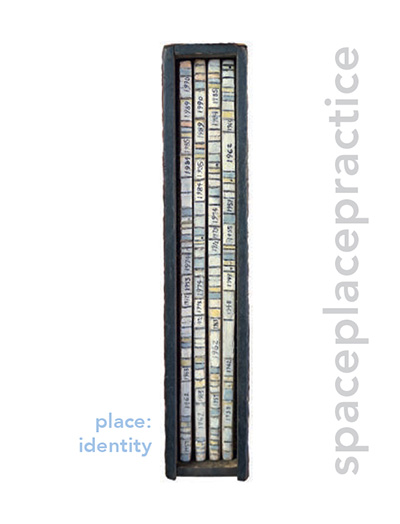
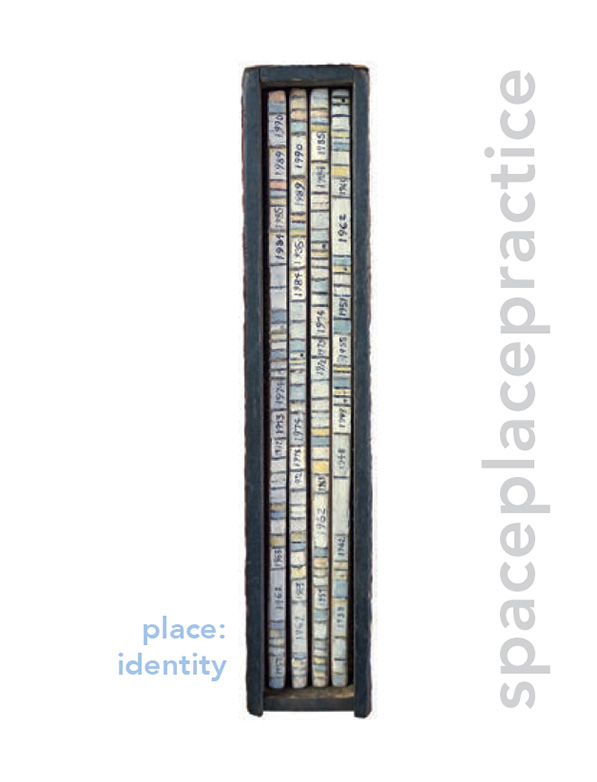
place: identity Is the fourth publication that Space Place Practice have collated together. Members were invited to make an initial response to the project title describing a particular place that was important to them or central to their thinking. There was no limit on style; members could submit either an academic essay, creative writing, a visual, poetic, or a combination of ways to explore “identity” in relation to their specific place.
Creative Engagements with Ecologies of Place
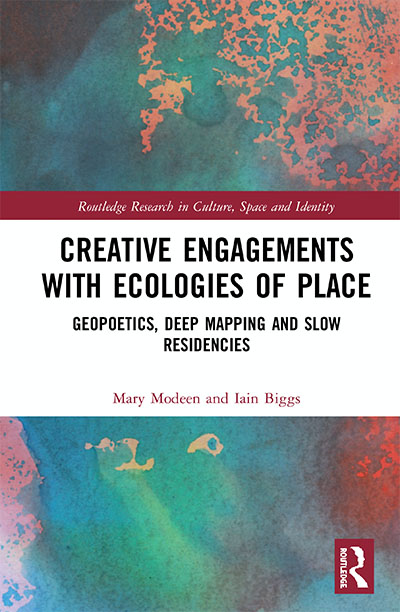
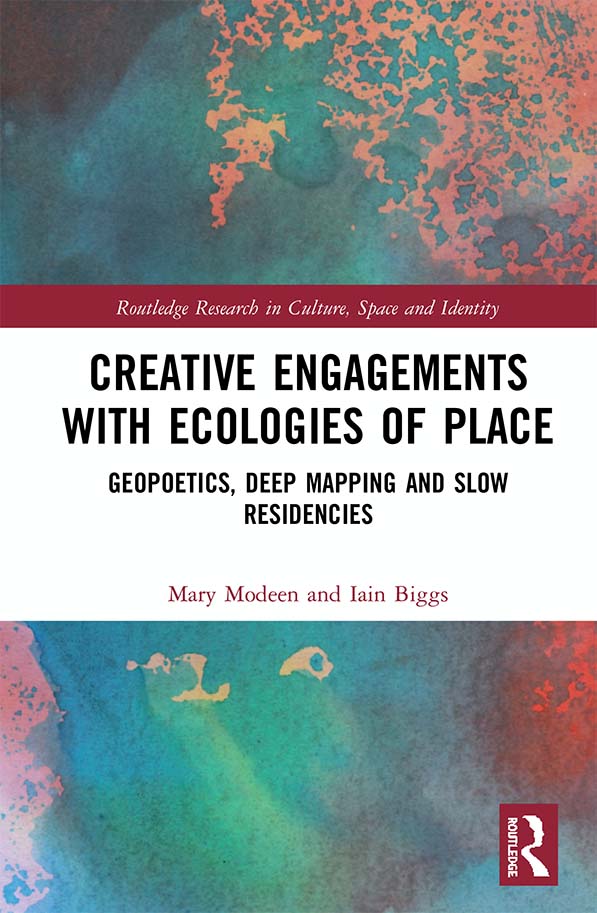
This book explores an exciting range of creative engagements with ecologies of place, using geopoetics, deep mapping and slow residency to propose broadly-based collaborations in a form of ‘disciplinary agnosticism.’
Providing a radical alternative to current notions of interdisciplinarity, this book demonstrates the breadth of new creative approaches and attitudes that now challenge assumptions of the solitary genius and a culture of ‘possessive individualism’. Drawing upon a multiplicity of perspectives, the book builds on a variety of differing creative approaches, contrasting ways in which both visual art and the concept of the artist are shifting through engagement with ecologies of place. Through examples of specific established practices in the UK, Australia and USA, and other emergent practices from across the world, it provides the reader with a rich illustration of the ways in which ensemble creative undertakings are reactivating art’s relationship with place and transforming the role of the artist.
This book will be of interest to artists, art educators, environmental activists, cultural geographers, place-based philosophers, postgraduate students and to all those concerned with the revival of place through creative work in the twenty-first century.
Darśan
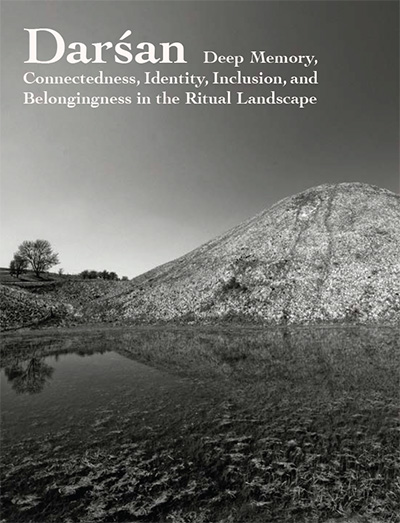
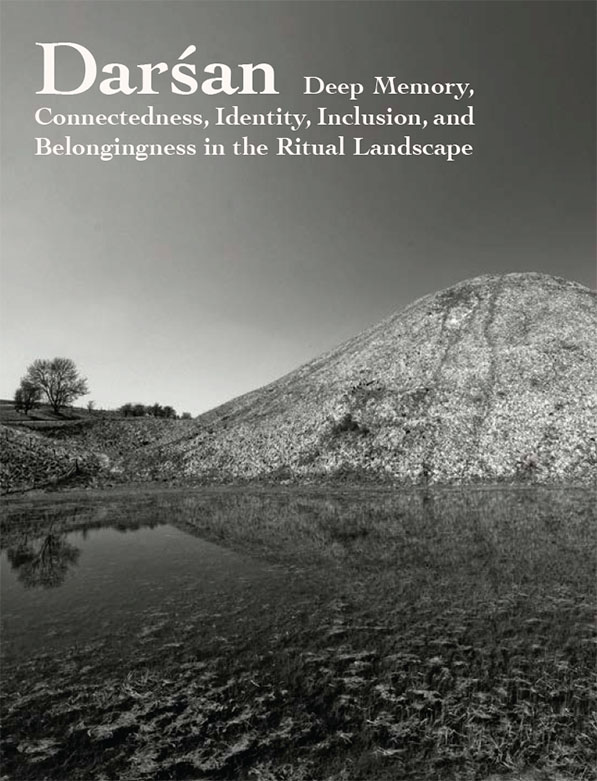
This essay by Rob Irving is derived from a couple of longer incomplete texts concerning, primarily, “conceptual art in the Neolithic” and Darśan––the latter, especially, a theme he explored in his 2012 doctoral thesis and one he is still intrigued by in the context of ancient monuments. Irving remains sceptical of much of what currently passes as received wisdom in this area. As he states, echoing Christopher Tilley, his viewpoint sits somewhere in between empirical objectivism and absolute subjectivism, a fusion that can amount to greater than the sum of its parts as it carries the potential to bring forth new ideas and possibilities, bringing archaeology closer to its anthropological, rhizomatous roots.
Art and Creativity in an Era of Ecocide
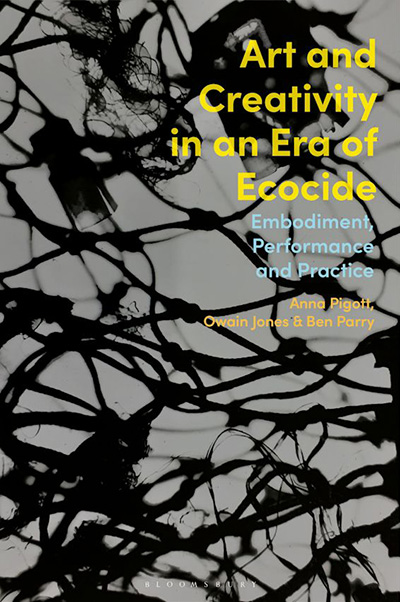
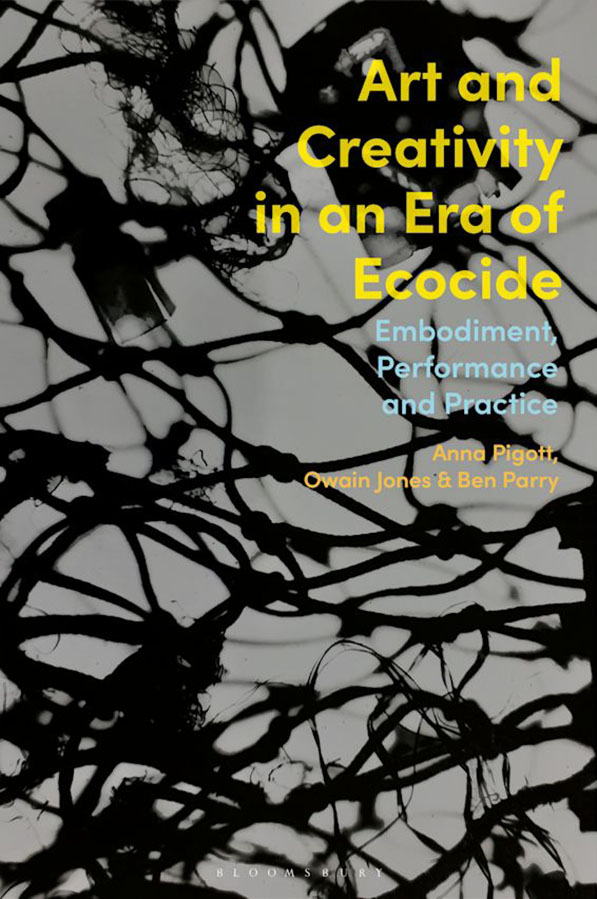
Dr Lydia Halcrow has written a chapter in this new Bloomsbury anthology: Art and Creativity in an Era of Ecocide: Embodiment, Performance and Practice (2023) edited by Anna Pigott, Owain Jones, and Ben Parry. Lydia’s work also graces the cover.
Unfortunately, copyrights preclude us from publishing the full chapter here, but the link below offers a look inside through the Bloomsbury website that includes Contents and an Introduction.
place: home
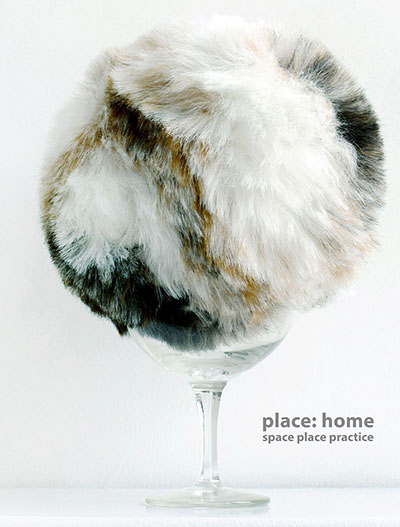
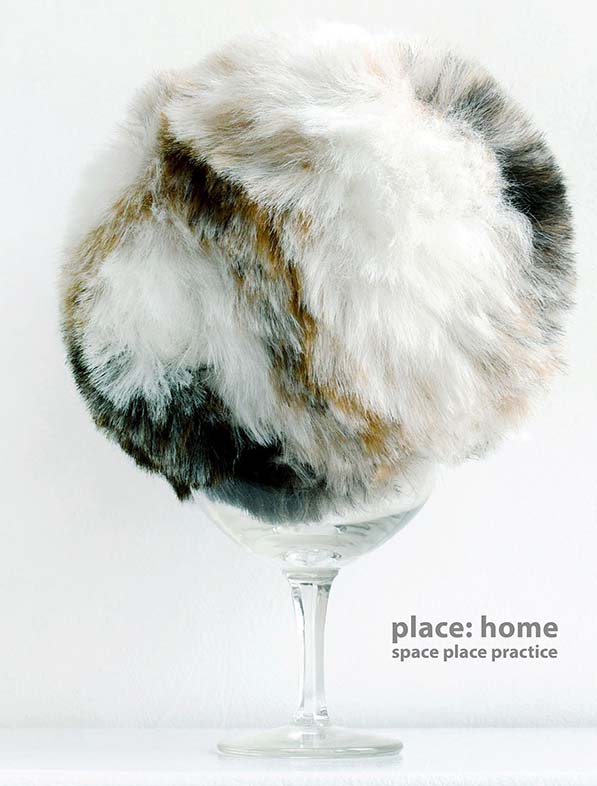
This book, place: home, has been two years in the making. The words and ideas contained here have developed through a particular set of circumstances in the pandemic of Covid 19, that punctured our sense of being, our notion of time and all that was familiar becoming more strange––each idea, intuition, admission or remonstration reinforcing or dismantling the other. These were drawn-out and protracted through life events, a reflection on the time itself perhaps, and now as we emerge tentatively and hopefully, the collation also emerges into something more familiar but without letting go of the strange and slightly weird time that has saturated us. Weird here being used in the sense that Mark Fisher determined, ‘that which does not belong’, which he used to point towards familiarity but something that lies beyond, and which is not reconcilable. To follow on with this thought, he developed this further by considering the equation of weird as being two or more things joined which do not belong together. When thinking back to that time, the desolate streets in once busy cities, images that we saw on television that scarred the senses of the well and not-so-well people being medicalised and being lost or recovering, the dichotomies that we were dealing with provoked an overwhelming a sense of wrongness that permeated our lives, it has probably brought us to a space where we are now more conscious of time and being in the presence of the new and what that might be.
place: soapworks
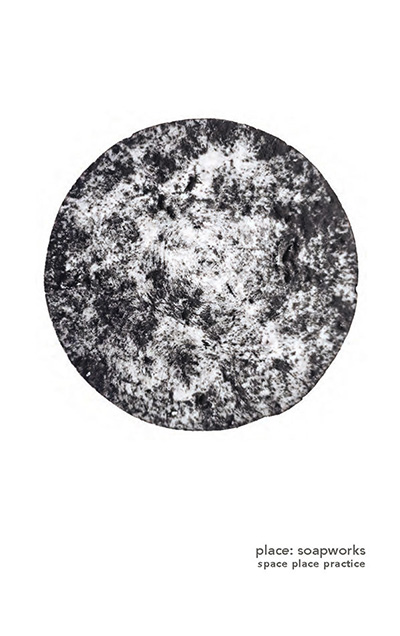
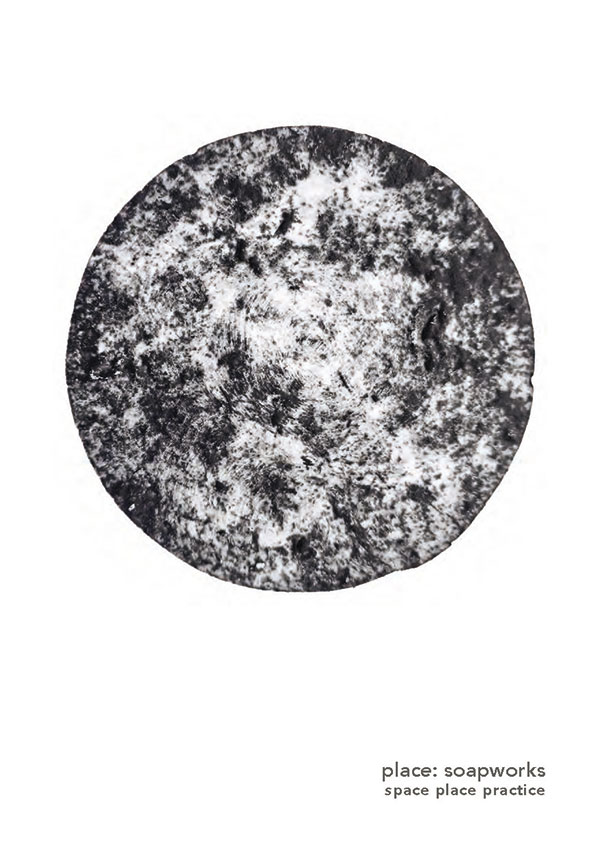
We published place: soapworks as SPP’s contribution to a month-long program of art exhibitions, projects, performances, and events, to take place in the shell of the former Old Soapworks and later Gardiner Haskins store, in Bristol, a short distance from Temple Meads station. Built in 1865, the buildings are destined for redevelopment. The arts program is a collaboration between Centre of Gravity, a Bristol-based group bringing together the expansive contemporary visual arts communities of Bristol and Bath to the point of focus, and property developer First Base. The exhibition ran from 2 October to 1 November, and featured work from over 60 artists and curators, a programme of events and performances, as well as key research projects and symposia in partnership with the Art Research Centre, Bath Spa University.
SPP’s expanded practice is expressed in the book in image, word, and action. Its collation represented an opportunity for members to respond to an extraordinary site, albeit in challenging circumstances brought about by the covid-19 pandemic, which limited the original ambition of the organisers. The book was supported through Arts Council England funding and also the Art Research Centre, Bath Spa University. Each member has a definitive creative practice and brought this to bear through encounters made; responding and activating their fieldwork through the architecture of imagination, histories; of possible futures and possible pasts. These responses raise questions around performing place, and alternative models for dissemination of visual research generated through experiences of the site.
place: (re)enchantment
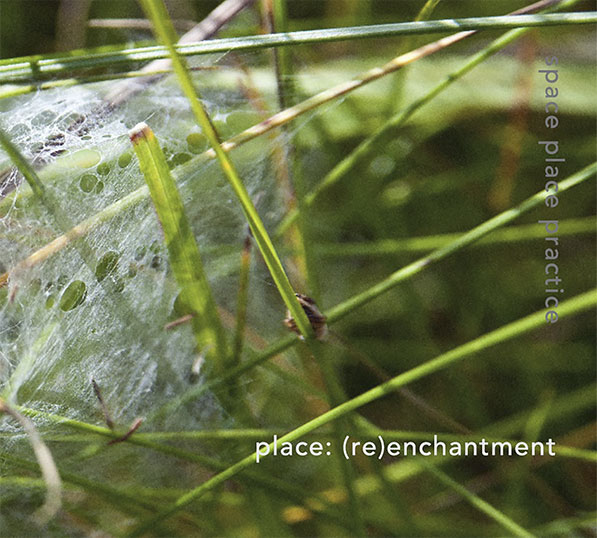
Place: (re)enchantment is a collection of short essays by members of Space Place Practice. It began as a conversation, and differing opinions, at one of our forums about our understandings of the term ‘re-enchantment’ in relation to place. The word is fashionable within creative industries, but what do we mean by it? As someone said, it’s a word that needs a really good shake. This collection of essays is more of a respectful frisk, and as such opens the way for a wider conversation about the ecology of people, place, and cultural context. It is our aspiration to develop a series of books on a variety of themes related to place.
A Group Response to Climate Crisis
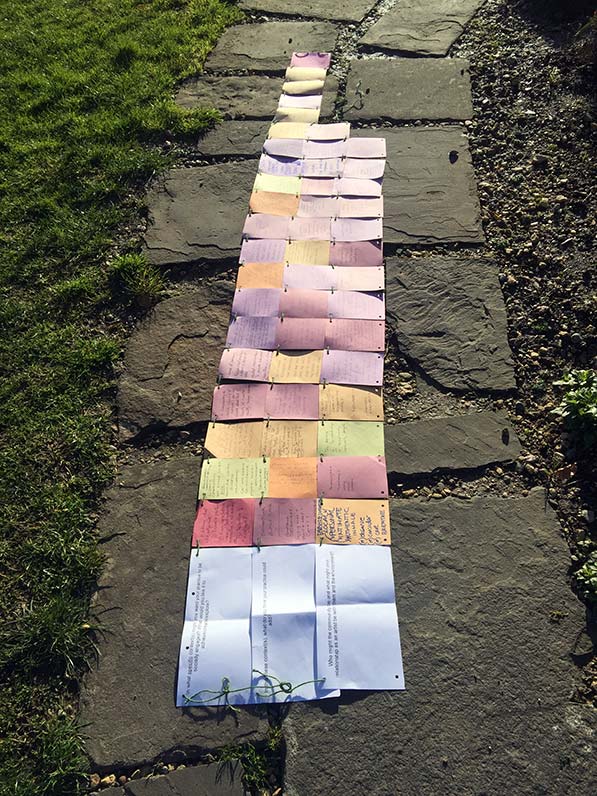
In the afternoon session of SPP’s meeting on 8 February 2020, Richard Keating led a workshop: A Group Response to Climate Crisis. It was based on a conversation that emerged out of Lydia Halcrow’s presentation at our AGM in Autumn 2019. Richard asked a series of questions about members’ art practice and social engagement...
- In what specific context(s) might you want your practice to be socially engaged?
- What would you like it to achieve / create / explore?
- In these contexts, what would you think your practice could add?
- Who might the community be and what might your relationship as an artist be with them and the environment?
We were encouraged to think about whether we saw individual areas of practice as involving public engagement, and what this might mean to us and what we might seek by achieving it. This sparked some interesting discussions, particularly as our practices vary so greatly.
Our warm thanks go to Richard for leading this session. Here is a selection of responses, in no particular order...
Embodied Absence and Evoking the Ancestors
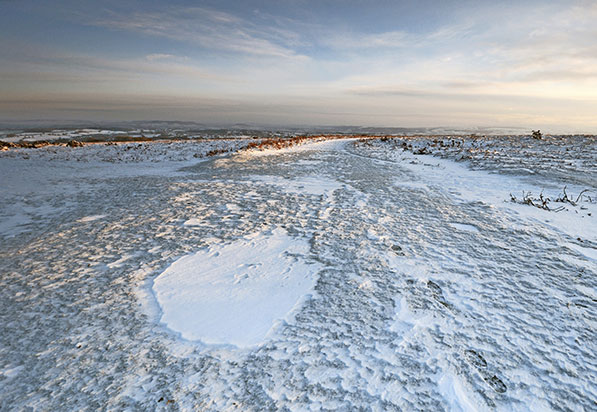
March 2020 saw the publication of Davina Kirkpatrick’s paper ‘Embodied Absence and Evoking the Ancestors: A Collaborative Encounter’ in Art/Research International: A Transdisciplinary Journal (Volume 5 Issue 1, 2020). This peer-reviewed publication is a forum dedicated to exploring and advancing art as and/or within the research process across disciplines and internationally.
Davina’s paper describes her 2011 collaboration with fellow SPP member Rob Irving, when they were both PhD cohorts at the University of the West of England’s PLaCE Research Centre.